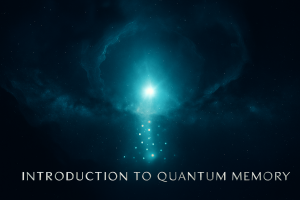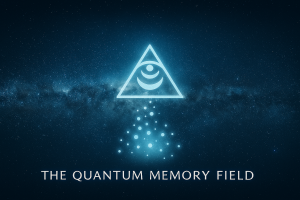Acknowledgements
Field Acknowledgement — The Quantum Memory Matrix in Practice
Before we move deeper into the investigation, I want to credit the work of four researchers — Florian Neukart, Reuben Brasher, Eike Marx, and Valerii Vinokur — who have been building the experimental and mathematical foundation for something remarkably close to what I call Quantum Memory.
In early 2025, they published and demonstrated a set of quantum computing experiments to test the Quantum Memory Matrix (QMM) hypothesis: the idea that space-time itself is made of finite “memory cells” capable of storing and retrieving quantum information.
In Plain Language
Imagine the universe as a giant invisible library made up of tiny cubbyholes — cells of space-time — each capable of holding a scrap of information. The QMM team asked: Can we “write” to these cubbyholes and later “read” from them, perfectly intact?
To test this, they used IBM’s quantum computers and Qiskit Runtime, running five different experiments:
- A three-qubit cycle where information was imprinted into “memory qubits” and later retrieved.
- A five-qubit model running two of these cycles in parallel.
- Variations with dynamic evolution and error injection to stress-test the process.
In each case:
- They prepared a “field qubit” — a tiny quantum system in a specific state.
- They imprinted that state into the memory qubits using a controlled rotation (controlled-Ry).
- They later used a controlled-SWAP to retrieve the state back into output qubits.
The Result
The retrieved states matched the originals with high correlation (what physicists call “high fidelity”), even accounting for hardware noise. Crucially, the imprint-retrieval process was unitary and reversible — meaning no information was lost in the transfer.
Why It Matters
- This is experimental evidence that a memory layer of reality could exist.
- It hints that information can be preserved even under extreme conditions (like the inside of a black hole).
- It provides a repeatable, scalable method for exploring how memory and space-time might be fundamentally linked.
While my own route to Quantum Memory came through lived experiences, pattern recognition, and cross-disciplinary clues, these researchers approached from the physics-and-math side — and our paths converge on the same mountain.

